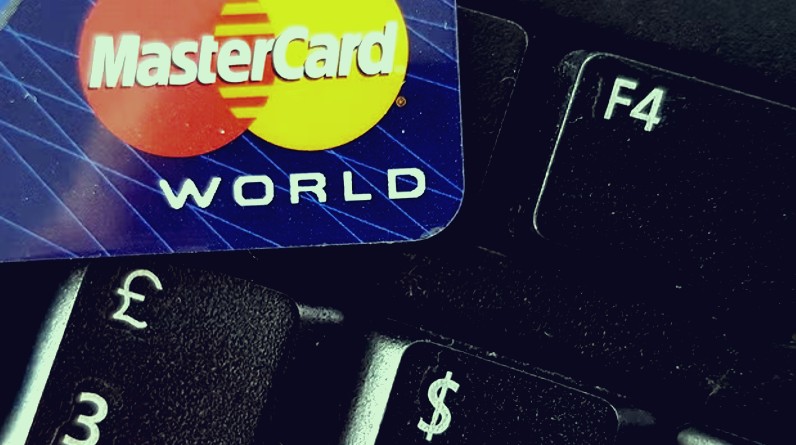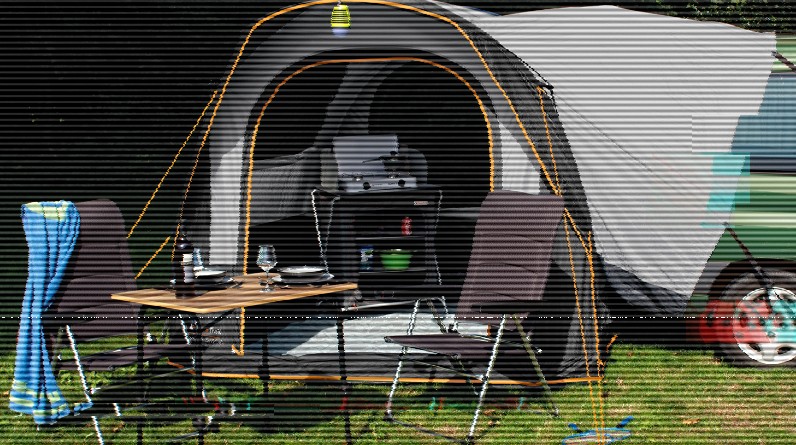
Is it sufficient to have a website?
Definitely not!
A website needs many elements to achieve your goals. Most importantly, how do you separate your website from others? Needless to say, it is your first duty to ensure your website is unique and is immediately correlated with your business.
If you have a professional to make a custom website, they will take care of everything with the help of your feedback. However, as the owner of the website, you ought to understand how to brand your website.
While there are many ways to do that, here are 6 primary yet simple ways you can’t miss.
1. Establish Your Logo
Your responsibility is to ensure your audience doesn’t confuse your website with another brand. Especially the media—pictures and videos—you share on your web page must be recognised as yours.
To do this, you need to add your logo to the website and the media. But be careful not to make it obvious, do it in a small and subtle manner.
The more your audience looks at your content with the logo, the better they will remember your brand.
Tip: For consistency, always place the logo in the same position (in a picture or video). For example, you may place it in the top left corner of all images you share.
2. Brand Colours
Colours elicit emotion, and this has been an age-old theory. We relate red with anger and love, yellow with excitement, and blue with calmness. These sentiments will probably stay the same forever. Thus, you can take advantage of this theory to create an emotional bond with your audience.
The strongest, most enduring businesses consistently employ the same colours in everything; they are called core brand colours. It may be any of their channels, from their logo and promotional materials to their website and social media visuals.
You can choose any two to three colours; more than that can make your website look clumsy. This provides you with one colour for headlines, one for shoutouts and exceptional content, and one for calls to action like buttons and links.
If you are more into this, you can even study colour psychology and decide on a palette for your web design in Sydney.
3. Create a Theme with Images
Websites make use of many different types of images: Blog images, Infographics, Background images, Social media images, Presentation slides, etc. Whatever the image type may be, there must be one theme for all.
It’s not only a tool to create an aesthetically pleasing website, but it also creates a complete feeling for your audience. This makes them remember your web page for a long time.
Therefore, ask yourself the following questions:
- What’s the personality of your brand?
- What are the sentiments and emotions you want to evoke?
- What pictures best reflect your desired emotion?
- If it’s a blog, will you keep your face hidden?
- What images will resonate with your audience?
- Should all your photos be action ones?
- Should all your pictures be shot outside?
Once you find the theme, follow through on it.
4. Consistent Typesetting
Many people think typography is only about selecting the type of font. However, it’s more than that; it’s also about how you use them.
The standard practice is selecting one or two core font styles and using only them everywhere, be it in graphic images or blog posts.
When generating a “quote picture,” for example, use one typeface for the quotation and another for the credit, and use the same styles for each “quote image” you post. Be consistent with how you employ each typeface.
You can also use one typeface for the body of a blog post and another typeface for the heading. If there’s an important shoutout, use a different style. Like so, you can create a style guide for your website. But again, you have to follow the same pattern in every blog post.
This creates a familiar pattern in users’ minds.
5. Connect Social Media
We’re living in the era of social media. Although we all rely on websites for business, social media still holds the top spot for having greater engagement. So, connect and display your social media channels on your website.
Sometimes, the audience may not connect with a brand’s website but love its social media. Either way, you will retain the visitor.
Therefore, it is a must to have your social media presence displayed on your website. There’s no greater branding than social media today.
6. Crystal Clear Layout
Your website layout is a prominent part of your branding. Your website’s layout includes deciding on a top or side navigation menu, the correlation between pages, how the text surrounds the images, etc.
If any of these important decisions are lightly taken, it can mess up the whole user experience and, thus, the brand image.
Your website’s navigation should be straightforward to use, with big buttons and simple navigation, if you want to come across as an approachable and user-friendly brand.
Be sure to convey your requirements clearly to your web development company in Melbourne. Communication is key in these projects.
Tip: You can also choose micro animations to liven up the layout.
Final Say
With these 6 simple and essential branding elements, you can make your website stand out from the competition. Make sure to start by understanding your goals and target audience first and develop it from there!
Looking for a good web development professional?
Make My Website is a great source of talent and efficiency. With some of the best web designers in Melbourne, MMW can help you greatly with your project. You can take a look at their latest projects on their website and get a quote for yours if interested.
We hope you got great inspiration from this blog post!






